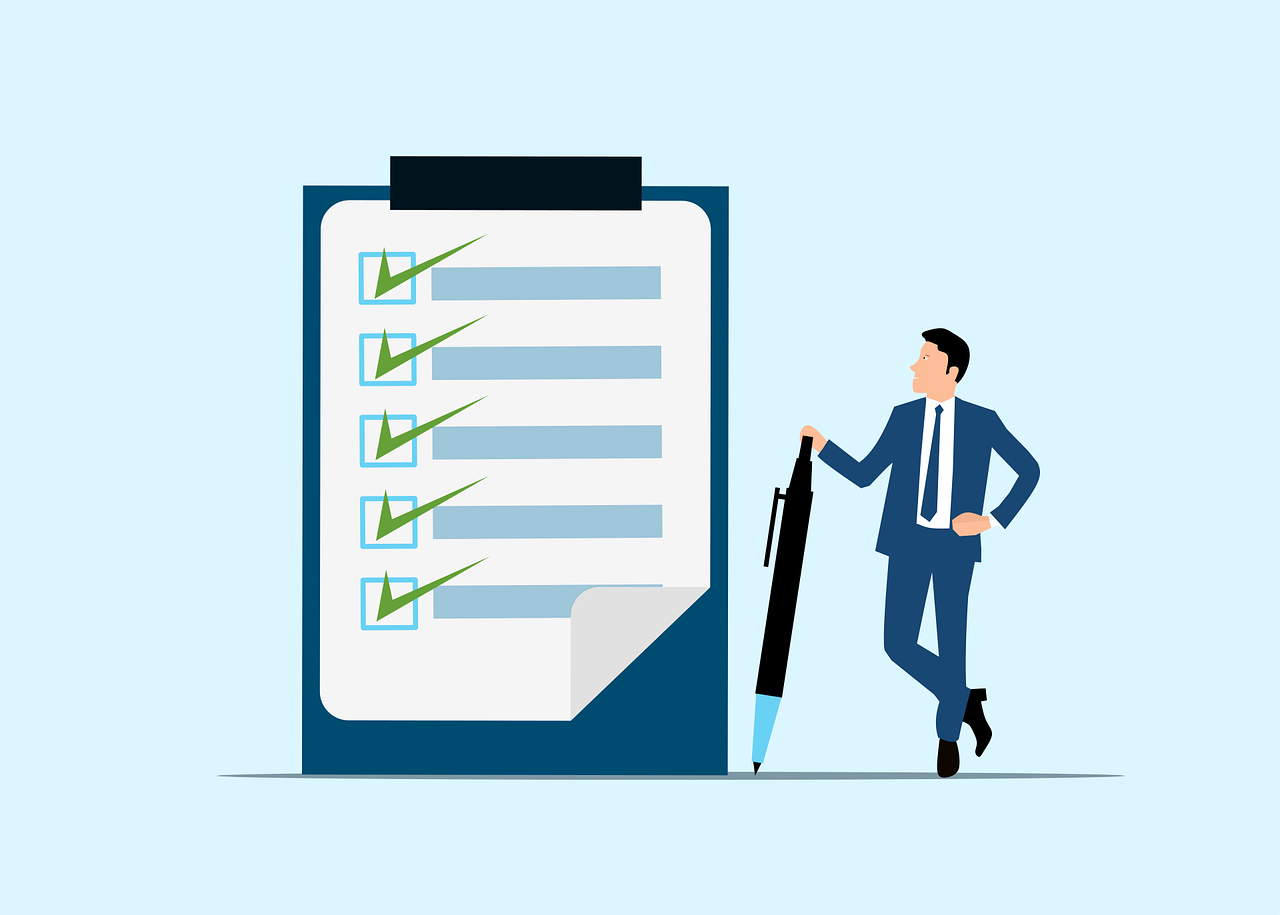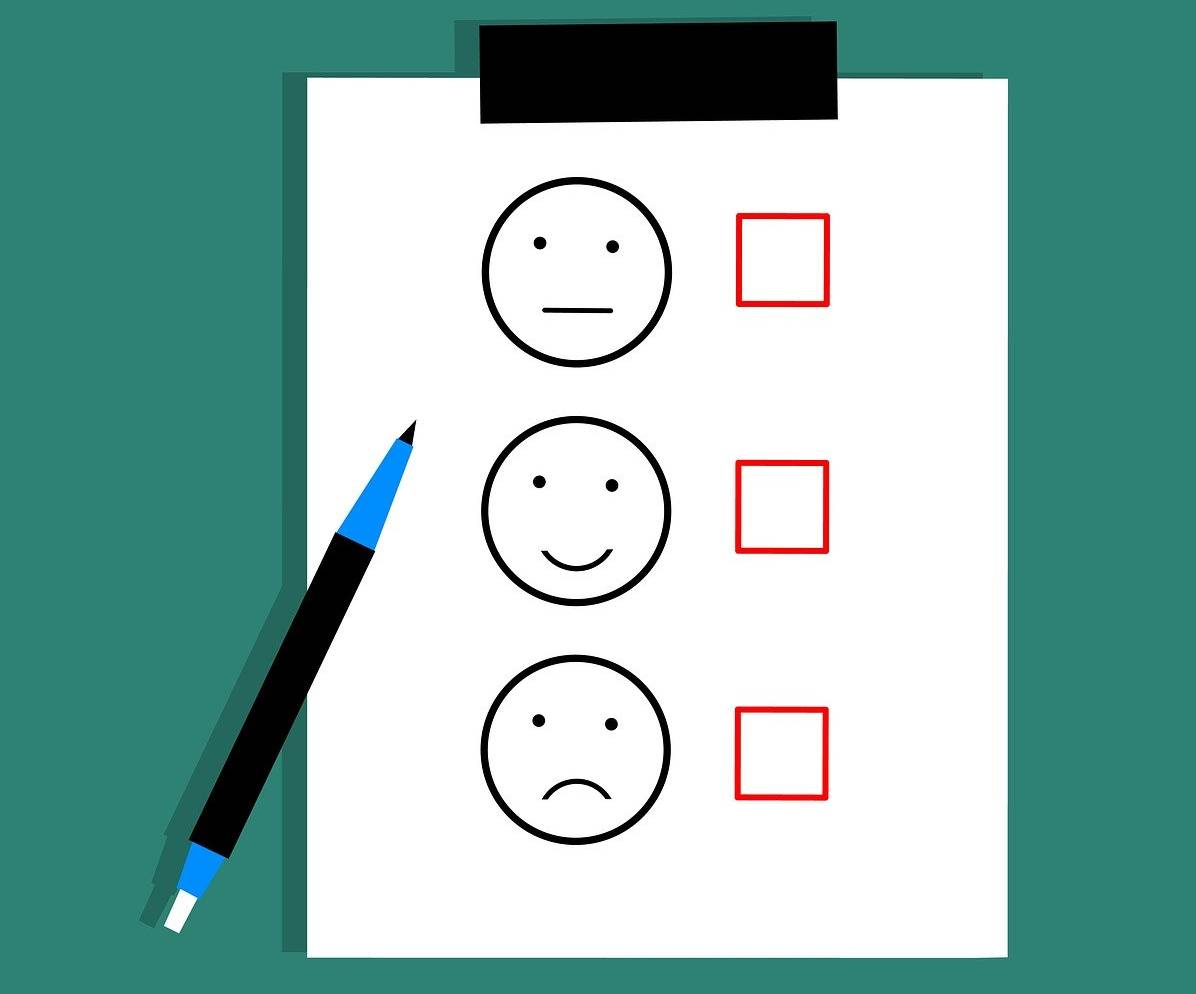Gagne's 9 Events of Instruction
Robert Gagne was an American education psychologist who focused his research in explaining and simplifying what he and others considered ‘good instruction.’ Gagne is most well-known for the systematic principles he expounded within his “conditions of learning.”
He identified nine specific ‘events’ that need to take place for effective instruction. These nine events are:
- Gain Attention
- Inform Learners of the Objective
- Stimulate Recall of Prior Learning
- Present the Content
- Provide Learning Guidance
- Elicit Performance
- Provide Feedback
- Assess Performance
- Enhance Retention and Transfer
1. Gain Attention
The first step to effective instruction is gaining the attention of your students. Though simple and seemingly obvious, your students must be focused in order to learn. This event is used to transition the students from life outside of the classroom to a mentally engaging learning environment.
In addition to gaining your students’ attention, it is also important to peak their interest. Doing so will help maintain their focus on the learning material instead of reverting to other distractions.
Ideas for Gaining Attention
- Have students solve a puzzle or riddle relating to the topic of the lecture
- Present interesting or surprising facts
- Engage them with a survey
- Present a relevant comic strip
2. Inform Learners of the Objective
Once you have gained the attention of your students and peaked their interest, the next event is to quickly educate the students on the lecture or unit’s learning objectives. This sets expectations and gives students an idea about what they should be able to accomplish by the end of the class. This can also be beneficial for students, giving them the prior understanding necessary to center their notetaking and focus.
Ideas for Communicating Learning Objectives
- Outline the learning objectives
- Explain a clear connection between the objectives and related assessments

3. Stimulate Recall of Prior Learning
Frequency is a key element in retaining information. Thus, the third event aims to recall learning that has been learned both in and outside of the classroom. In addition to recalling information your students have learned inside of the classroom, you can also provide applicable examples that your students may have experienced outside of the classroom or from prior courses in their program. This idea corresponds with the learning theory of Constructivism. This can be especially helpful early in your semester before you have covered much learning material.
Ideas for Stimulating Recall of Prior Learning
- Question students about foundational concepts
- Ask students to share any related experiences that they have had with course topics
- Share a relatable story that will help students connect what they might already know to what they will learn during class
4. Present the Content
Once you have established a solid foundation in preparation for the material, the fourth event involves the actual delivery of the content. Although it has not been proven that students learn better through their preferred learning style, it is recommended to vary your methods of presentation to keep your students engaged and interested. Be strategic in how you present the information. Review the learning objectives and determine the best method of instruction from there.
Ideas for Presenting the Content
- Promote student engagement with active learning strategies
- Provide the students with access to the content through Canvas

5. Provide Learning Guidance
This event aims to help students retain the information in their long-term memory and make the new content as meaningful as possible. This is accomplished by clearly explaining the learning material with supplemental resources like infographics, case studies, graphs, videos, or any other resource that can help the students understand the concepts.
Ideas for Providing Learning Guidance
- Show or provide examples and non-examples
- Share practical applications of the content
- Show graphical representations
- Create and frequently use mnemonics
- Incorporate role-playing into the class period
6. Elicit Performance
This event focuses on giving students the opportunity to practice the concepts they have learned. This is the time for your students to make mistakes and refine their understanding before being formally assessed.
Ideas for Eliciting Performance
- Create low-stakes assignments, quizzes, or projects to use as checkpoints before a high-stake assessment
- Incorporate application-oriented lab exercises
- Facilitate discussions about the learning material
7. Provide Feedback
As students begin to apply the material they are learning, it is probable they will make mistakes. According to Behaviorist learning theory, giving students timely feedback will allow them to adjust their performance to make progress toward the learning objectives.
Ideas for Providing Feedback
- Confirm to the student that they are applying the principles properly
- Explain to students what they did correctly and encourage them to review their work
- Give suggestions as to what the student can do to improve their performance
- Incorporate peer or self-evaluation
- Check out additional ideas for Formative Assessment

8. Assess Performance
This event aims to assess the extent of the students’ understanding and application of the material without additional coaching or hints. This assessment can take various forms, such as quizzes, tests, projects, or presentations. It is important to note that a single assessment does not provide sufficient enough data to conclude that the material has been properly retained. Multiple assessments may be necessary.
Ideas for Assessing Performance
- Summative Assessments
- Use a rubric to give feedback on specific components of an assessment that align with the learning objectives (This will support equitable grading and can save you some time through the process.)
9. Enhance Retention and Transfer
The final event focuses on helping the students store the information into their long-term memory through repetition and practical application in their personal lives and practices.
Ideas for Enhancing Retention and Transfer
- Facilitate discussions regarding how the students have used the information in their daily activities or how they will be able to use them
- Create a written assignment where students write about how the information they have learned ties together with other topics they are learning in other courses
- Use question banks in exams that present students with questions from previous assessments

